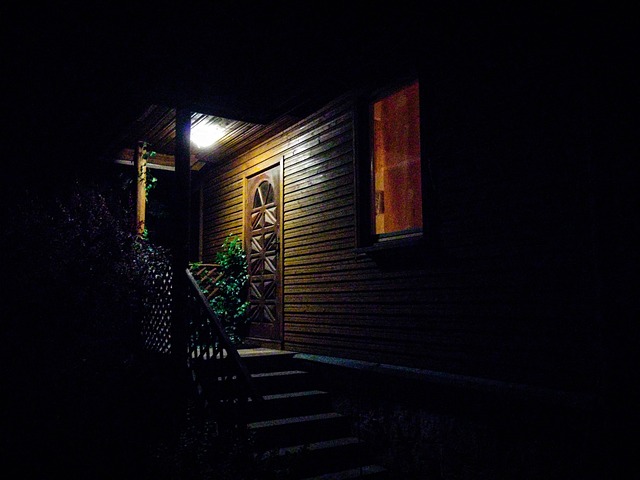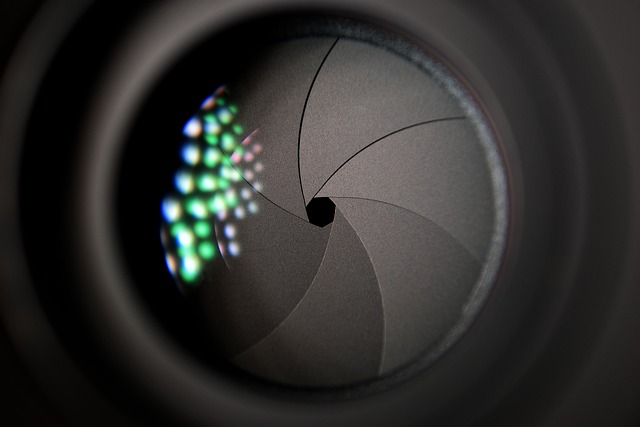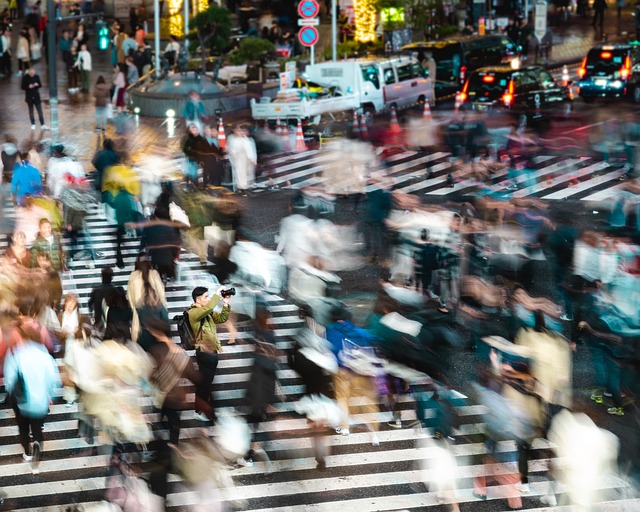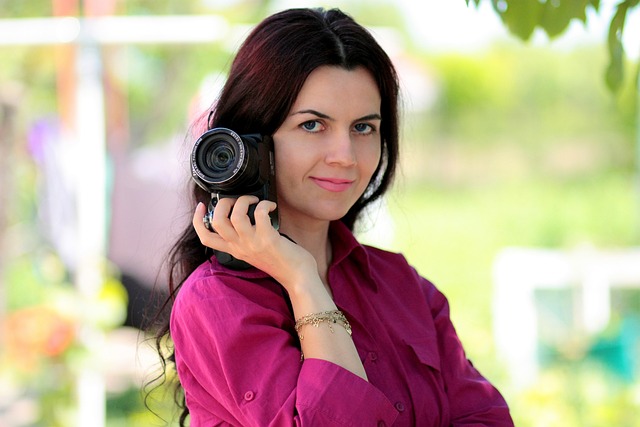Understanding ISO, Aperture, and Shutter Speed
Master Photography
Photography is a powerful art form that allows us to freeze moments in time and express our creativity. Behind every captivating photo lies a delicate balance between three essential elements: ISO, shutter speed, and aperture.
These three components work in harmony, influencing the outcome of every image we capture. In this blog post, we will explore how ISO, shutter speed, and aperture interplay and shape the final outcome of our photos.
ISO
ISO refers to the sensitivity of the camera's image sensor to light. It determines the camera's ability to capture detail in low-light conditions. A higher ISO value (e.g., ISO 800 or above) makes the camera more sensitive to light, allowing for brighter exposures in dimly lit environments.
However, increasing the ISO can introduce digital noise or graininess, reducing image quality. On the other hand, a lower ISO value (e.g., ISO 100 or below) produces cleaner images with less noise but requires more light.

Aperture
Aperture refers to the size of the opening in the lens that allows light to pass through to the camera's image sensor. It has two primary effects: controlling the depth of field and regulating the amount of light entering the camera.
Depth of field refers to the range of sharpness from foreground to background in an image. A wide aperture (e.g., f/1.8) creates a shallow depth of field, isolating the subject from the background and producing a pleasing background blur (bokeh). In contrast, a narrow aperture (e.g., f/16) creates a larger depth of field, ensuring that both the subject and background are in focus.
Additionally, the aperture setting impacts the exposure, with wider apertures allowing more light and narrower apertures restricting light.

Shutter Speed
Shutter speed controls the duration of time the camera's shutter remains open. It influences how motion is captured in a photograph.
A fast shutter speed (e.g., 1/1000s) freezes action, allowing us to capture fast-moving subjects with sharp detail.
Conversely, a slow shutter speed (e.g., 1/30s) creates motion blur, emphasizing the sense of movement in a scene.
Selecting the appropriate shutter speed depends on the desired effect and the amount of available light.

The Interplay Between ISO, Aperture, and Shutter Speed
Understanding how these three elements work together is essential for achieving the desired outcome in photography. They form a delicate balance, with changes in one parameter requiring adjustments in others to maintain proper exposure.
For instance, when shooting in low-light conditions, you may need to increase the ISO to boost sensitivity (create a brighter photo). However, this may introduce noise. To compensate, you can widen the aperture to allow more light in or decrease the shutter speed to let in light over a longer duration. Conversely, in bright environments, reducing the ISO, narrowing the aperture, or increasing the shutter speed will help avoid overexposure.
Moreover, the creative use of these settings can influence the mood, story, and artistic impact of your images. Experimenting with different combinations can yield diverse results and enhance the visual narrative.
Unquestionably, the best way to understand how these three element work together is through trial and error. Take time to take photos with no purpose other than seeing how manually changing one of these settings affects your photos.
Practice makes perfect.
Remember, photography is not solely about capturing an image; it is about conveying a story, evoking emotions, and sharing your unique perspective with the world. By understanding the interplay of ISO, shutter speed, and aperture, you are equipped to create visually stunning and meaningful photographs that resonate with your audience.













